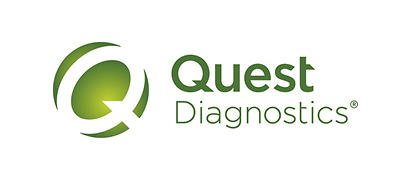A clinical lab’s ability to deliver timely diagnostic testing hinges on a stable supply of essential materials and equipment. With a healthy supply chain, the lab hums at peak efficiency to deliver timely results. Without that healthy supply chain, highly skilled lab personnel are left waiting or improvising suboptimal workarounds, physicians don’t get the results they need when they need them, and patient care can be impacted.
So, what are the signs of a healthy supply chain?
1. Inventory is managed by a dedicated supply chain staff or partner
Too often, the flow of supplies through the lab is left up to personnel with other critical jobs to manage. When that happens, managing the supply chain may take a back seat to other tasks, creating gaps in supply and leading to testing backlogs for personnel throughout the lab. In a lab with a healthy supply chain, managing that flow is the main or even exclusive job of at least one staff member, or of an industry partner who can focus exclusively on maintaining both a steady supply of material and reagents, and the provisioning and maintenance of critical instruments throughout the lab.
2. Demand forecasting and risk mitigation ensure that critical supplies are always on hand
The need for critical materials within the lab may fluctuate throughout the year. Managers who can accurately forecast demand are in a better position to match the supply of those materials to their usage, with neither a space-wasting oversupply nor a time-wasting gap when they run out. A healthy supply chain also requires understanding the risks to that chain upstream from the lab (such as the shipping interruptions we saw during the COVID-19 pandemic) and mitigating those risks by taking strategic measures before they cause problems. That kind of demand forecasting and risk mitigation may be best done by a lab partner with a more global perspective than in-house personnel have time to develop.
Your Privacy Choices




